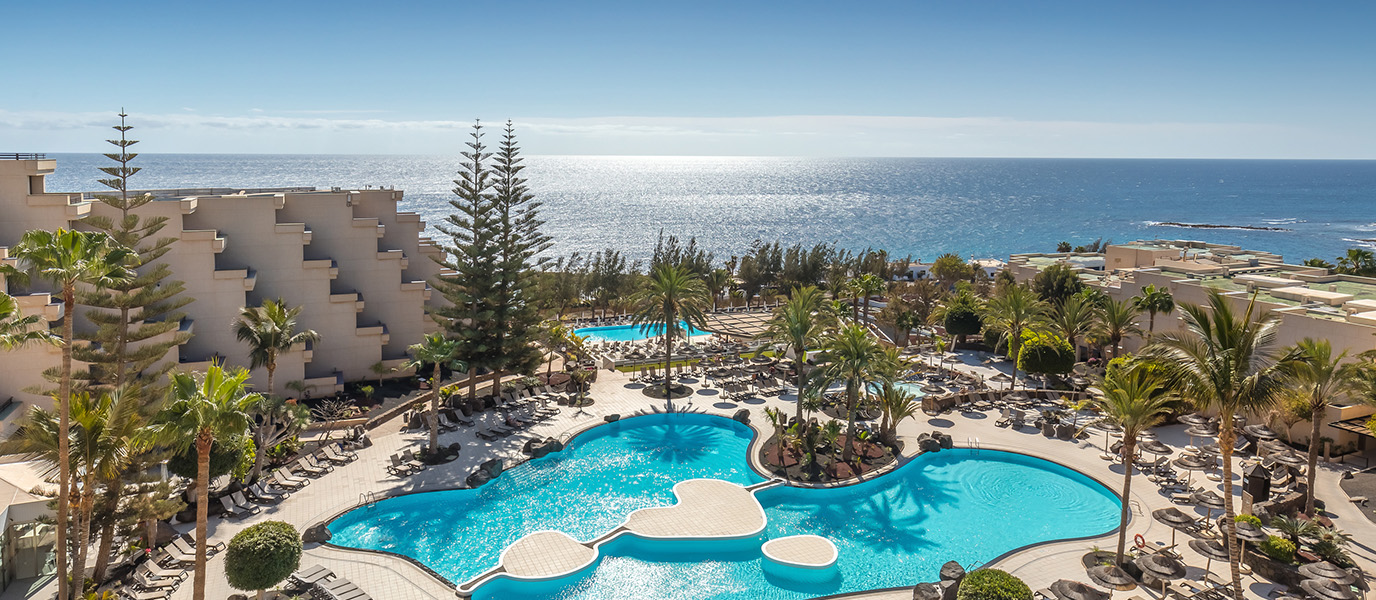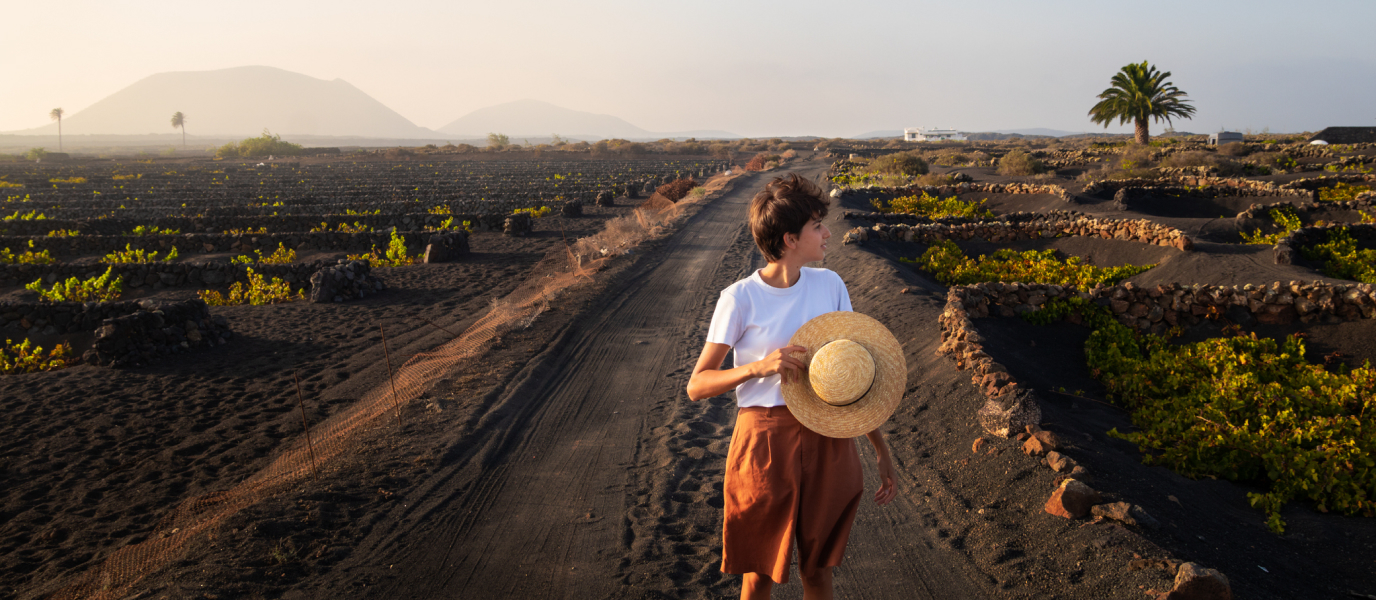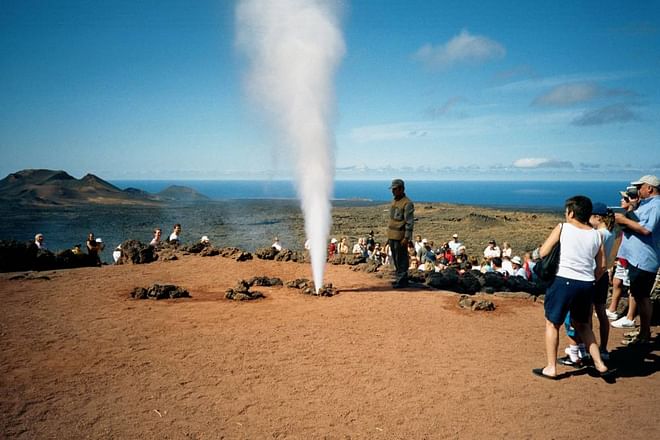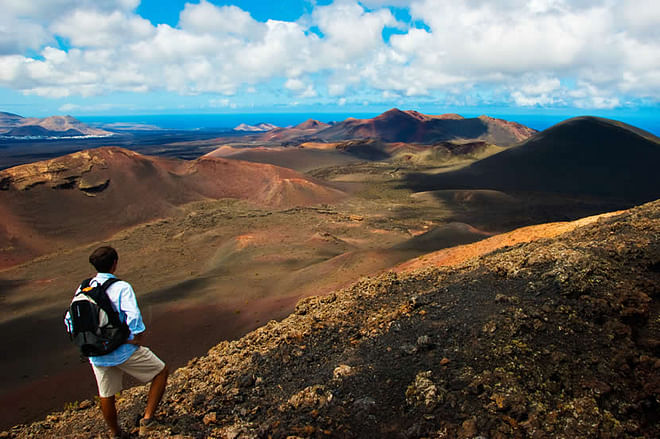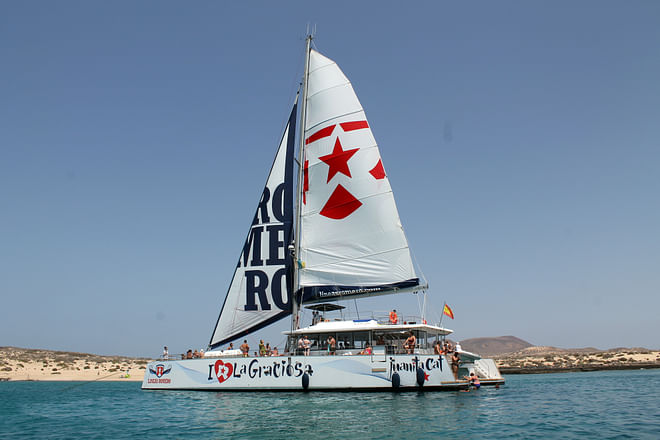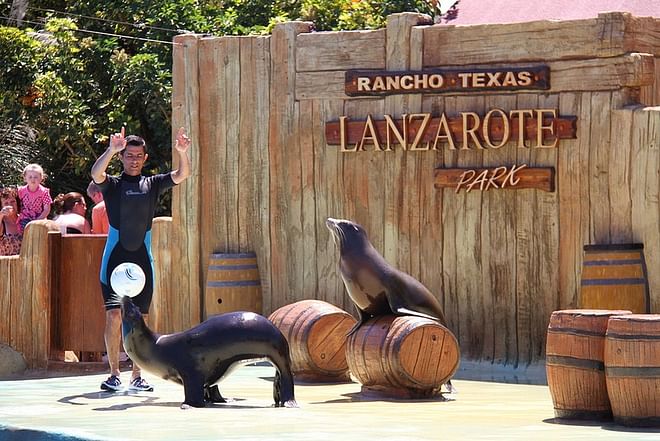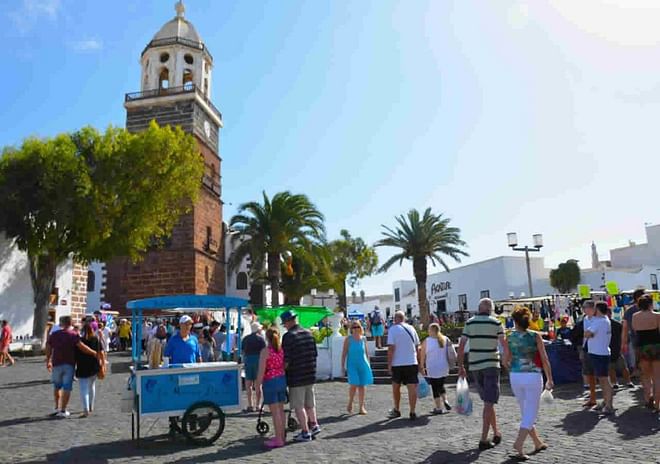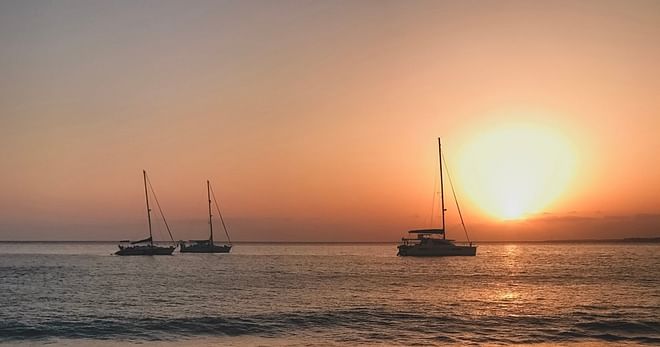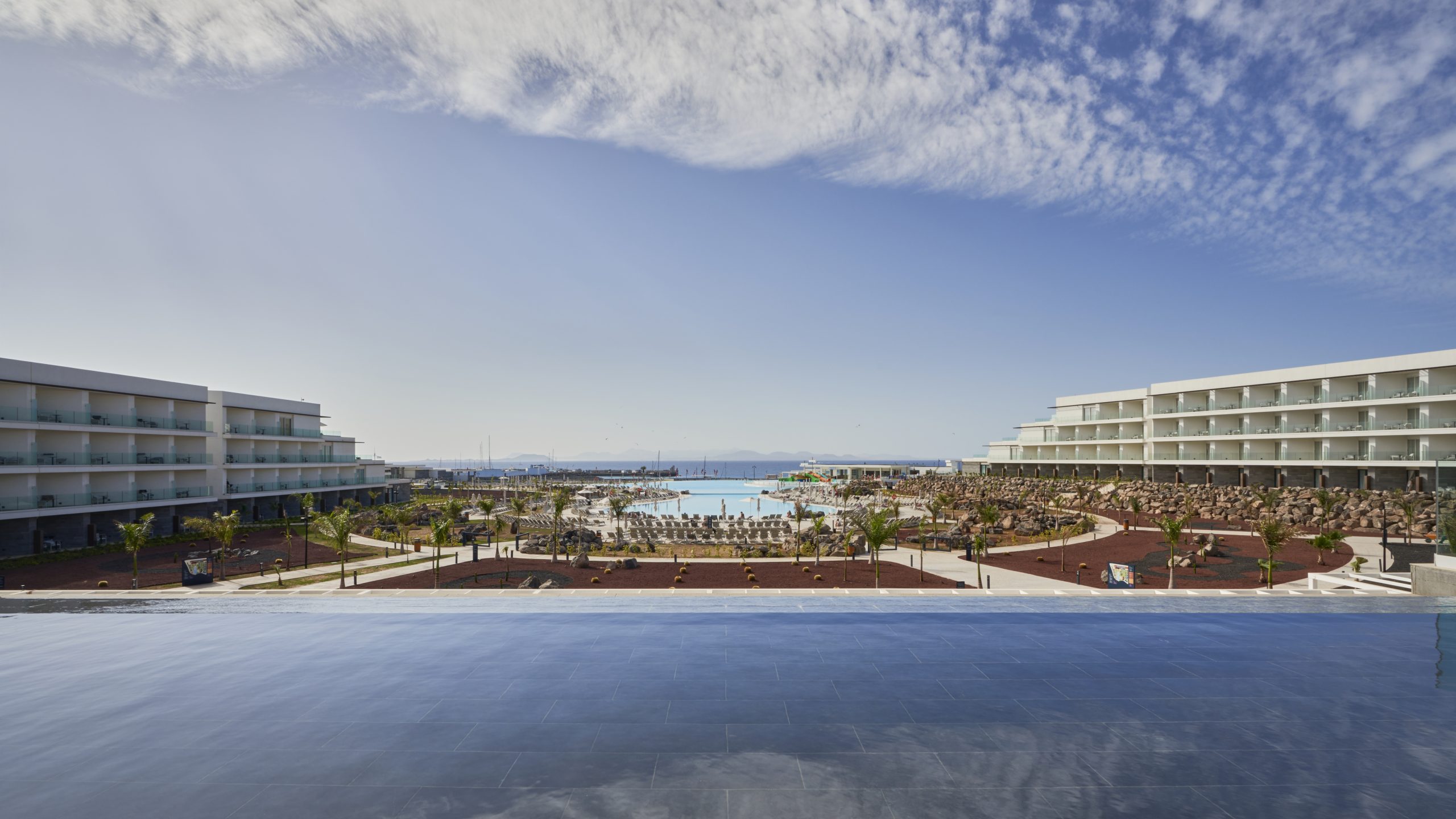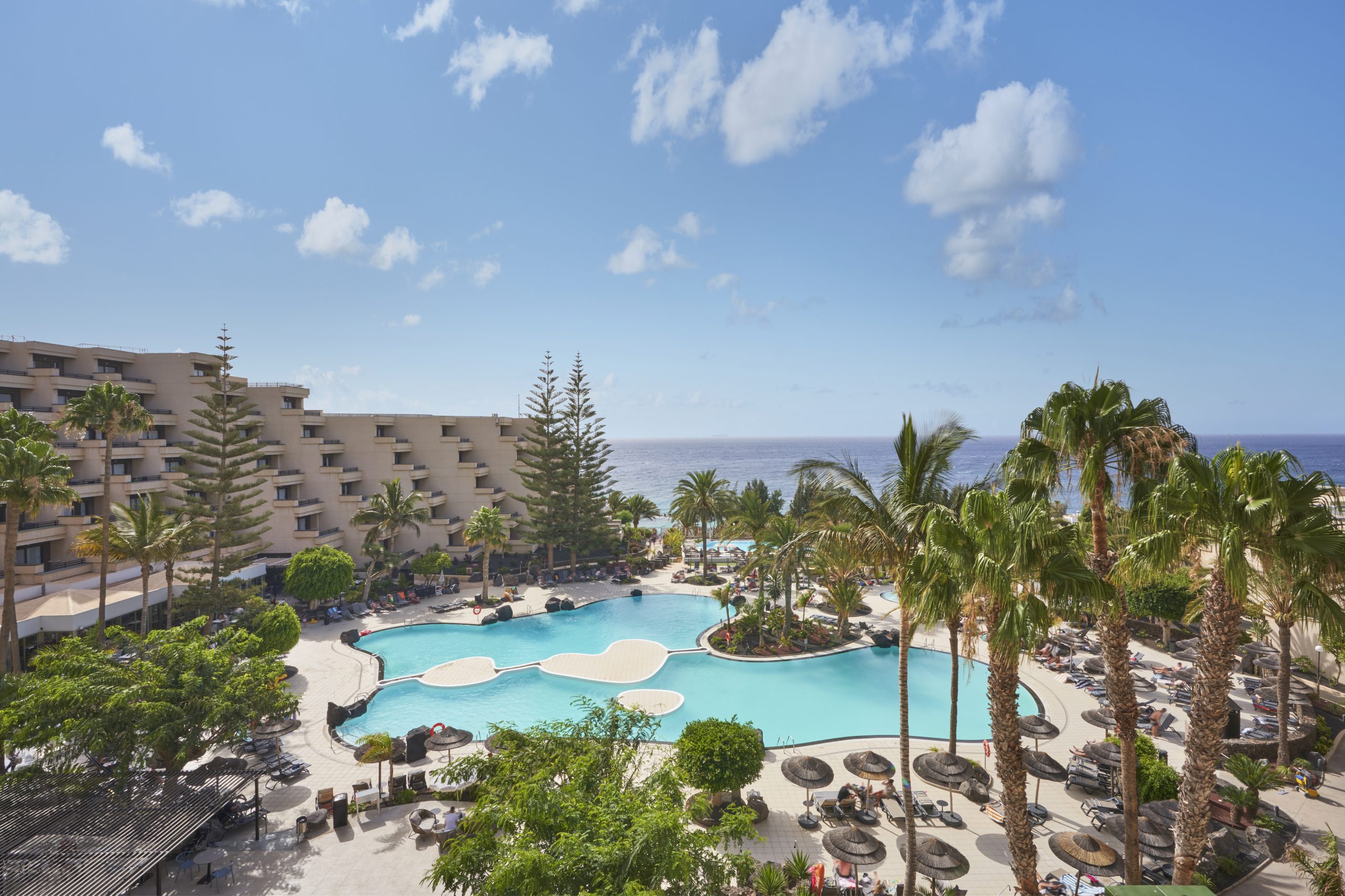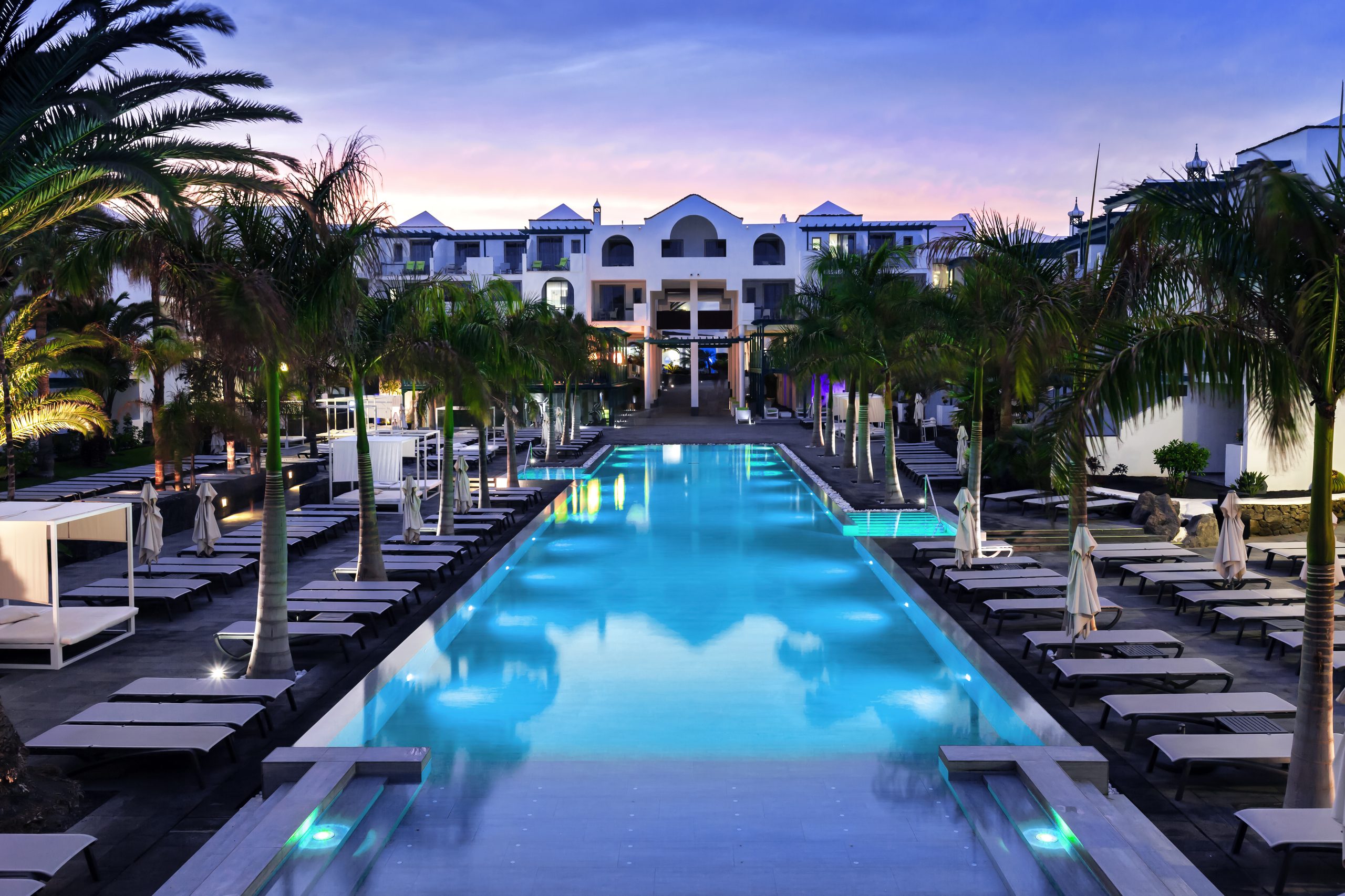The Mirador del Río is one of the most special places on the island of Lanzarote. Its location on the summit of the Risco de Famara—a 22-kilometre-long mountain range—provides unique, panoramic views of the natural park of the Chinijo Archipelago. At the same time, Manrique’s construction is on the Salinas del Río [salt flats], a remarkable sight because of the reddish hue they impart to the landscape.
A viewing point sculpted into the rock
As is typical in the works of César Manrique—Lanzarote’s best-known artist—the Mirador del Río demonstrates a masterly blending of architecture and Nature, with the building being virtually unnoticeable from the outside. This camouflage is clearly intended to blend the work into the landscape, assiduously avoiding any environmental impact or jarring.
Entry to the viewing point is via a passage flanked by with niches housing traditional ceramics by the local craftsman, Juan Brito. The passage emerges in the heart of the building, the great central hall with its spectacular windows that function as the ‘eyes of the viewing point’. Through them, one can glimpse the collection of islets that make up the natural park of the Chinijo Archipelago, among which the island of La Graciosa, considered the eighth Canary Island, stands out. Also, in the foreground, one can catch sight of the stretch of water that separates the islands of Lanzarote and La Graciosa. This stretch is what the locals refer to as the ‘river’, the geographical feature that lends its name to the viewing point.
A tremendously ambitious project
The Mirador del Río is one of the works that best represents César Manrique’s artistic expression. He was a multifaceted creator who aspired to execute all-embracing works of art, adopting a holistic approach to such diverse disciplines as painting, sculpture, architecture and landscaping. In addition, it can be claimed that in his architectural work he achieved success in this attempted integration time and time again. Manrique was always well known for seeking a harmonious relationship between Art and Nature, a search which reached its apogee in this unforgettable, breathtakingly beautiful viewing point.
In fact, Manrique’s contribution to the defence of environmental values led to him receiving accolades such as the World Prize for Ecology and Tourism (1987) and the Europa Nostra Prize (1985); the latter was awarded for his artistic and environmental work on the island of Lanzarote.
However, we should not give all the credit for this extraordinary viewing point to César Manrique—the architect Eduardo Cáceres and the artist Jesús Soto were also involved in the project. Together, they achieved a work which, despite its apparent simplicity, represents a true technical tour de force—because to create it, it was necessary to excavate the land, construct the building and then clothe it in volcanic rock.
The result is a structure of extraordinary beauty, with a striking contrast between two colours: the white of the walls and ceilings and the brown of the floors on the inside and the exterior rock. In addition, the architectural expression is splendidly complemented by the viewing point’s various sculptures. Visitors encounter the first of these outside the building, a schematic composition that combines the figures of a bird and a fish. Once inside, one is struck by the abstract sculptures placed in the concave ceiling of the central hall, which not only enhance the appearance of the space, but also help to screen out sound reverberation.
A unique snack bar
The main hall of the Mirador del Río is home to an extremely pleasant snack bar, particularly if you are lucky enough to find a table near the enormous windows. In the snack bar, you can try some of the island’s typical products, such as the cheeses or jams, or simply savour a coffee while you enjoy the stunning views.
There is also a shop in a separate room, accessed by a curving staircase. This space is remarkable for the startling-white intensity of its light.
Finally, we cannot merely admire the countryside from within the heart of the Mirador del Río, deep within the cliff: we can also go out onto the external balconies or the vantage point and fall even more deeply in love (if indeed, that is possible) with the unique landscape of Lanzarote and the natural park of the Chinijo Archipelago.





































































